Godroni e Portagodroni Integi - Dropbox
Godroni e Portagodroni Integi - Dropbox
Godroni e Portagodroni Integi - Dropbox
You also want an ePaper? Increase the reach of your titles
YUMPU automatically turns print PDFs into web optimized ePapers that Google loves.
El moleteado por deformación se puede ejecutar de dos maneras:<br />
· Moleteado radial, cuando la longitud moleteada en la pieza<br />
coincide con el espesor de la moleta a utilizar.<br />
· Moleteado axial, cuando la longitud excede al espesor de<br />
la moleta. Para este segundo caso la moleta siempre ha<br />
de estar biselada en sus extremos.<br />
La norma DIN 82 (véase pag. 3) regula los diferentes tipos de<br />
moleteados que se pueden mecanizar en las piezas. La mayoría<br />
de ellos pueden ser realizados indistintamente de ambos modos<br />
utilizando una, dos o tres moletas, exceptuando los RGV y RKV<br />
que recomendamos realizarlos trabajando radialmente.<br />
Cuando se trabaja con una herramienta de deformación se<br />
pueden conseguir diferentes tipos de moleteados en función del<br />
número y de la forma de las moletas montadas.<br />
Herramienta Moleta Moletado<br />
Tool Knurl Knurling<br />
Moleteador de presión<br />
de una moleta<br />
Pressure knurling with<br />
one wheel knurling<br />
tool<br />
Moleteador de presión<br />
de dos moletas<br />
Pressure knurling<br />
with two wheels Knurling<br />
tool<br />
Moleteador de presión<br />
de tres moletas<br />
Pressure knurling<br />
with three wheels Knurling<br />
tool<br />
AA RAA<br />
BL30º RBR30º<br />
BL45º RBR45º<br />
BR30º RBL30º<br />
BR45º RBL45º<br />
GE30º RGV30º<br />
GE45º RGV45º<br />
GV30º RGE30º<br />
GV45º RGE45º<br />
KE RKV<br />
KV RKE<br />
AA + AA RAA<br />
BL 30º + BR30º RGE30º<br />
BL45º + BR45º RGE45º<br />
AA + AA + AA RAA<br />
MOLETEADO POR DEFORMACIÓN (DATOS TÉCNICOS)<br />
PRESSURE KNURLING (TECHNICAL DATA)<br />
BL 30º + BR30º + BR30º RGE30º<br />
BL45º + BR45º + BR45º RGE45'<br />
39<br />
Pressure knurling can be done in two ways:<br />
• Radial method when the length of knurl on the component coincides with<br />
the width of the knurl wheel being used.<br />
• Axial method when the length of knurl required exceeds the width of the<br />
knurl wheel being used. In this case, the knurl (s) travel along the<br />
component and therefore must be bevelled.<br />
The DIN 82 standard (see page 3) specifies the different kinds<br />
of knurling patterns that can be machined on components.<br />
Most of these can be done in either of the two ways, using one,<br />
two or three knurls, except for the RGV and RKV knurling<br />
pattern, which we recommend should be done by the radial<br />
method.<br />
When working with a pressure knurling tool, different kinds of<br />
knurling patterns can be obtained, depending on the type of<br />
knurls and tools being used.<br />
Avance radial Avance axial<br />
Radial feeding Traverse feeding<br />
✔ ✔ ✔<br />
✔ ✔ ✔<br />
✔ ✔ ✔<br />
✔ ✔ ✔<br />
✔<br />
✔<br />
✔<br />
✔<br />
✔<br />
✔<br />
✔<br />
✔ ✔<br />
✔ ✔ ✔<br />
✔ ✔ ✔<br />
✔ ✔ ✔<br />
✔ ✔<br />
✔ ✔<br />
✔ ✔



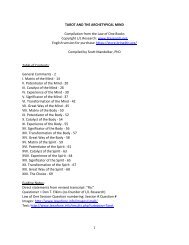
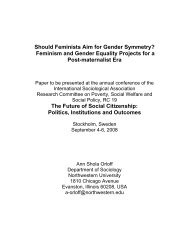

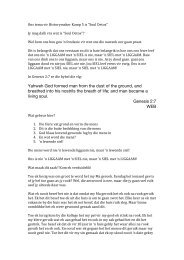
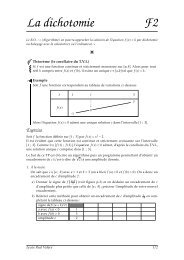

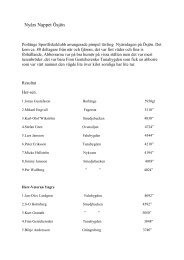

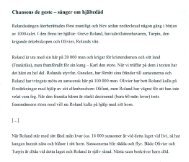
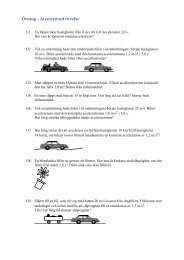
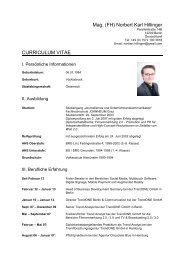
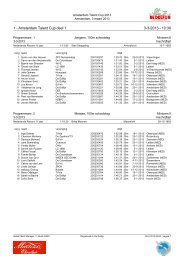
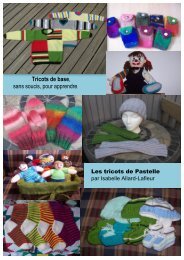
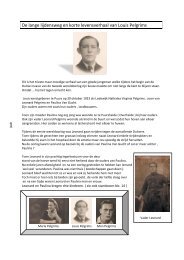
![Analisis Filologis Naskah Merong Mahawangsa [unduh] - Dropbox](https://img.yumpu.com/17722686/1/184x260/analisis-filologis-naskah-merong-mahawangsa-unduh-dropbox.jpg?quality=85)